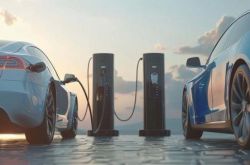When did concerts become a battleground for smartphones?
![]() 07/29 2025
07/29 2025
![]() 443
443
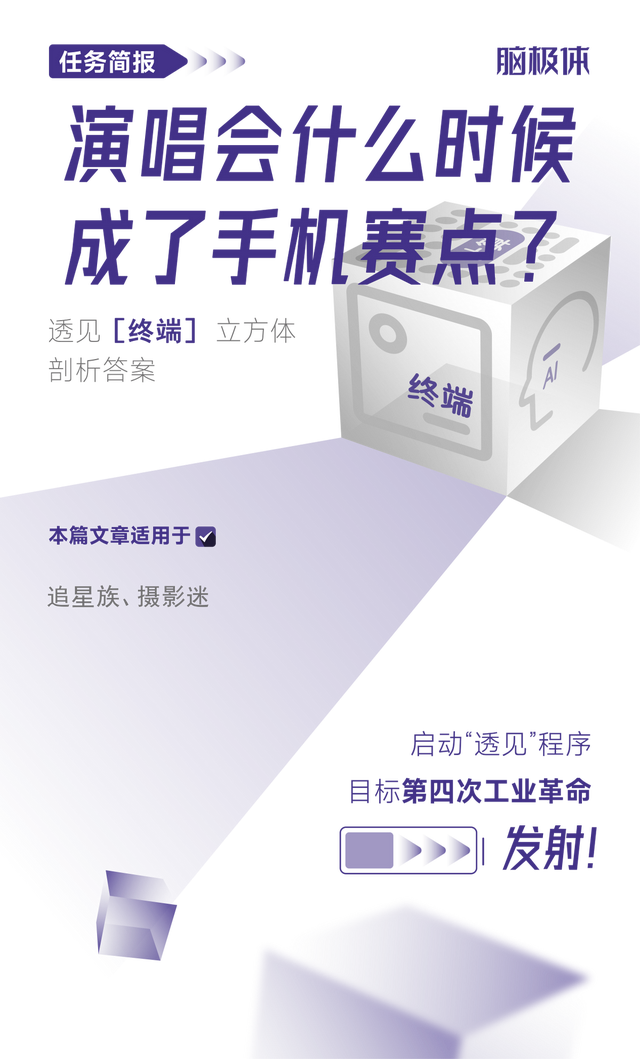
Do you recall the frustration of snapping concert photos with your phone five years ago? From the top seats, idols appeared as blurry, glowing mosaics. When these photos circulated on social media, no one could even guess which idol's concert you had attended. Concert photography was still the domain of DSLRs.
However, at some point, the heavy DSLRs held up by fans were replaced by sleek, glowing smartphones. Huawei's zoom pierced through the distance from the stands to the stage, vivo's Zeiss lenses precisely captured beads of sweat on foreheads, and Samsung's AI restoration automatically optimized photo colors...
When phone manufacturers secretly introduced concert modes, and the rental volume of 'concert god phones' on second-hand platforms soared, those who once despised concert photos taken with phones suddenly realized that times had changed.
This begs the question: How did smartphones, once mocked for struggling with basic exposure, transform into a star-chasing artifact? When did concerts become a battleground for smartphones, and what exactly are they competing for?

Do you remember the constant reminders in venue announcements during concerts in the early 2010s: 'No professional video equipment allowed'?
With stricter controls on professional equipment like DSLRs and camcorders in various performance venues, smartphones gradually became the only legal tool for fans to record their idols' charm. This restriction, while protecting copyright, also spurred a new market demand: mobile photography capabilities rivaling professional equipment.
However, the experience of taking concert photos with a phone hasn't been smooth sailing.
Before 2019, small sensor sizes, low pixel densities, and insufficient aperture performance of mobile camera sensors led to a severe lack of light intake in low-light environments. Coupled with the lack of optical zoom and reliance on digital zoom, the resulting photos were often either dark and blurry or overexposed and distorted.
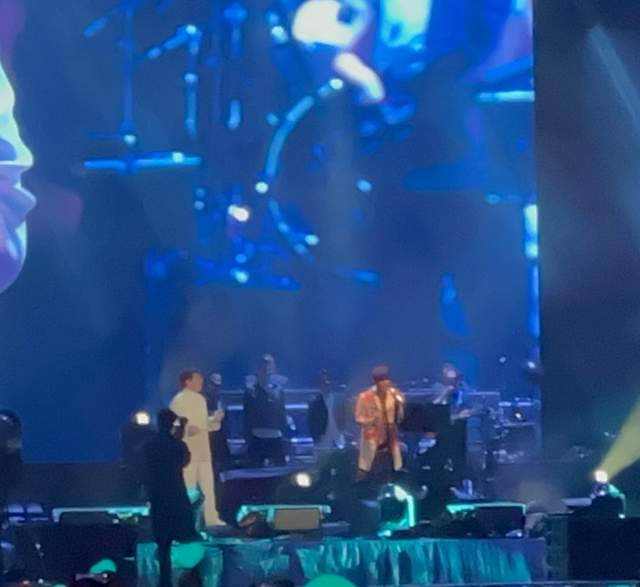
To understand why concert photography has become the ultimate test for smartphones, we need to dissect the technical challenges involved.
Distance poses a significant challenge to a phone's telephoto capabilities. Standing at the top of a stadium, looking at idols the size of ants on stage, and raising your phone only to capture a blurry blob of light is a shared nightmare for every top-tier ticket holder. The core contradiction of mobile telephoto lenses lies in how to meet professional optical needs within the physical limitations of an ultra-thin body.
Traditional cameras can achieve high-quality telephoto through large-size lens groups, but the ultra-thin body structure of smartphones simply cannot accommodate them. However, without increasing thickness, increasing the focal length means reducing the sensor size. In dimly lit concert venues, photos taken with small sensors are riddled with noise, significantly compromising image quality. Achieving higher-definition telephoto within limited thickness has become the primary challenge.
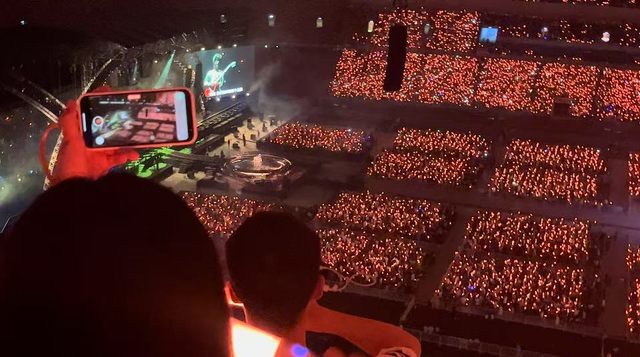
Low-light environments are the second obstacle. Stage lighting often switches rapidly between extreme darkness and brightness, and in addition to the on-site lighting equipment, there are extreme light ratio differences created by fans' phones and glow sticks. Small sensors in smartphones struggle to balance highlights and shadow details simultaneously, and automatic exposure systems frequently make errors in complex lighting environments, either overexposing the idol's face under spotlights or producing corrupted images with poor quality in dark transitions. Restoring highlight details and reducing noise in shadows has become a breakthrough point.
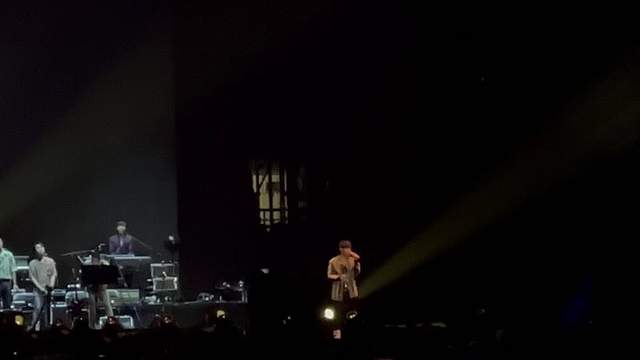
Image stabilization and moving subject capture cannot be overlooked. On the one hand, the high-speed movements of stage performances place extremely high demands on a phone's focusing system and burst shooting capabilities. Traditional phase detection focusing significantly reduces accuracy in low light. On the other hand, when a phone performs high-magnification zoom, even slight shakes are amplified, leading to blurry images. Fans usually hold a glow stick in one hand and a phone in the other for shooting. Achieving high-speed burst shooting and keeping every frame clear has become a technical challenge.
Finally, real-time AI editing has become a new demand. Photos are taken, but fans are often not satisfied, and post-production editing requires professional PS software. By the time the refinement is complete, the hot topic has passed, and the desire to share has cooled. Therefore, AI editing functions that can one-click enhance details, intelligently reduce noise, and restore colors are becoming a new market demand.
These challenges prevent both inner-field and top-tier ticket holders from capturing the heart-stopping moments of a concert. The blurry, corrupted images stand in stark contrast to the stunning live effects remembered, and this disparity precisely spawns the market demand for concert-specific smartphones.
Facing new business opportunities, let's see how phone manufacturers are upgrading their imaging capabilities to meet fans' expectations.

Before 2019, mobile imaging was exploring the development of telephoto lenses. In 2015, ASUS ZenFone Zoom first attempted 3x optical zoom but failed to gain popularity due to its bulky body; in 2017, OPPO introduced a periscope telephoto structure, laying the technical foundation; in 2018, Huawei Mate20 Pro equipped a 3x optical zoom triple camera, enhancing telephoto capabilities; in 2019, Huawei P30 Pro revolutionized with 5x periscope telephoto, achieving 50x digital zoom.
The technical accumulation of telephoto capabilities laid a solid foundation for the popularity of concert-specific phones during the concert boom.
In 2020, with technological maturity and the recovery of the concert economy post-pandemic, search volumes for keywords such as 'concert photography artifact' surged, and fans were eager to compare the photography performance of various phones.
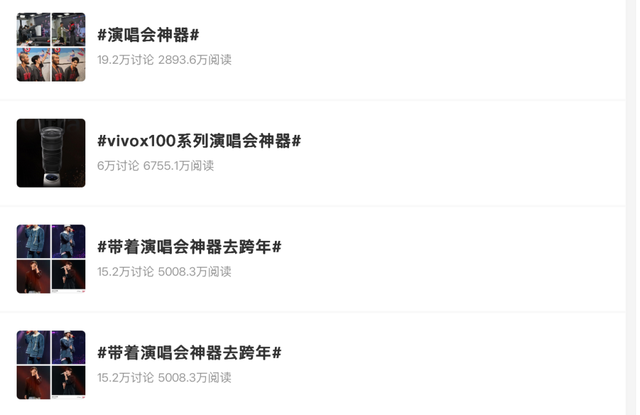
In 2023, Samsung Galaxy S23 Ultra unexpectedly became a hit among Korean star chasers with its 10X periscope telephoto equivalent to 230mm, even giving rise to a rental business at around 100 yuan per day. This made the entire mobile industry realize that star chasers are a high-value user group that had been overlooked.

2023 was the year the concept of concert-specific phones thoroughly went viral. Since then, models equipped with professional telephoto lenses have quickly gained popularity, and major manufacturers have adjusted their imaging strategies, making specific optimizations for concert and other specific scenarios. Samsung continues to lead the industry, followed closely by brands like Huawei and vivo, which have successively launched flagship models specifically designed for star-chasing scenarios, pushing mobile telephoto imaging capabilities to new heights.
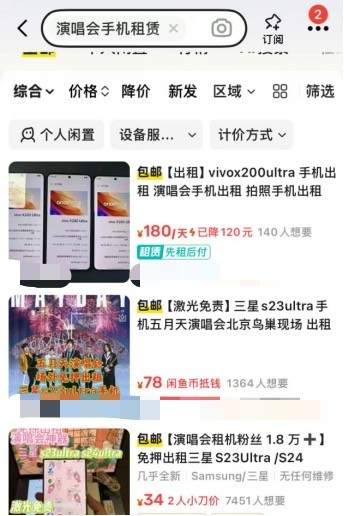
In 2024, Samsung launched the S24 Ultra, upgraded to a dual telephoto system, and introduced an AI-driven quad zoom engine, winning the title of 'Best Concert Artifact' with a 44.8% vote share.

In the same year, vivo X100 Ultra, with its 200-megapixel Zeiss APO super telephoto and Blueprint imaging algorithm, sold well in the rental market; in 2025, X200 Ultra further upgraded to a 200-megapixel periscope telephoto, extending mobile telephoto from 200mm to 800mm, with an external independent lens, becoming popular at Wang Xinling's concert. Fans said that Wang Xinling's eyelashes and makeup were clearly visible in the photos.
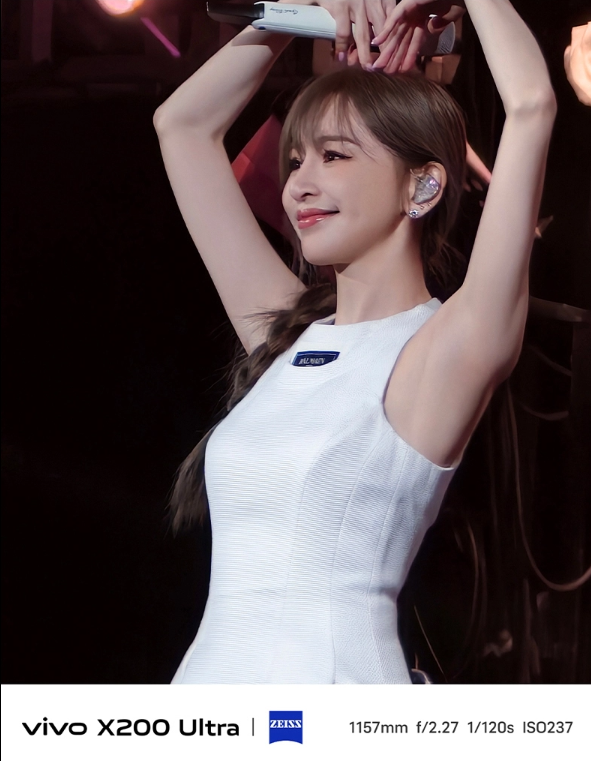
Facing fierce competition, Huawei's Pura 80 Ultra, launched in 2025, further breaks through long-distance clear imaging capabilities through a dual-focus telephoto system. It packs two fixed-focus lenses into one module, with 3.7x suitable for daily use and 9.4x specializing in long-distance shots. Moreover, both focal lengths are optical zoom, coupled with a 1/1.28-inch large-sensor, ensuring image quality while achieving telephoto. For a time, 'Best Photography Artifact for Top-Tier Tickets' became Pura 80's social media advertising slogan.
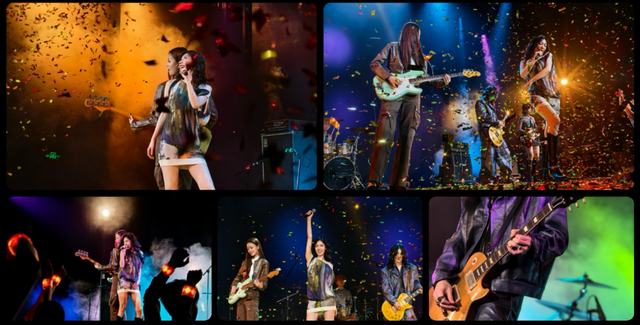
It can be said that changes in consumer behavior and technological breakthroughs have formed a virtuous cycle, with fan demand driving manufacturers to continuously innovate, and manufacturers continuously upgrading lenses to gradually meet fan expectations. Today, a phone that can take good concert photos has become standard equipment for star chasers.

As concert phone photography works become popular on social media, the concert-specific phone market has gradually formed a tripartite confrontation between Huawei, vivo, and Samsung. Their competition in telephoto, AI algorithms, and multi-camera aspects has gradually formed a set of technical paths, leading mobile camera lenses to continue evolving in the following directions.
The first is the competition for extreme telephoto capabilities. The premise of clear shooting is always being able to shoot, and Huawei has currently achieved the extreme in both telephoto capabilities and clarity. Compared to other manufacturers, Huawei has taken the lead in realizing lossless zoom from 3.7x to 9.4x optical focal lengths through the innovative combination of the 'dual-focus telephoto' system and a 1/1.28-inch super large sensor, while simultaneously increasing light intake by 40%, setting a record for light intake of current telephoto lenses. In the future, major manufacturers may follow Huawei's footsteps and further enhance the light intake and lossless performance of telephoto lenses.
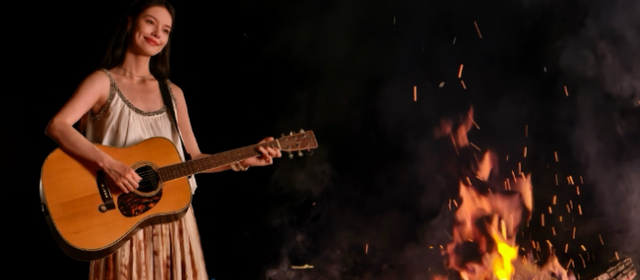
The second is the further optimization of dynamic light field capture. Facing the complex and changing lighting environments of concerts, vivo X200 Ultra, with its 13EV+ ultra-high dynamic range and Blueprint algorithm matrix, can still accurately restore colors and details in extreme scenarios such as backlight and stage glare. In its collaboration with 'Singer 2025', vivo combined its self-developed EIS+OIS dual image stabilization technology with broadcast-grade color calibration, not only achieving professional-grade live video stabilization but also supporting SDR/HDR dual-mode live streaming, setting a new industry standard for mobile low-light photography.
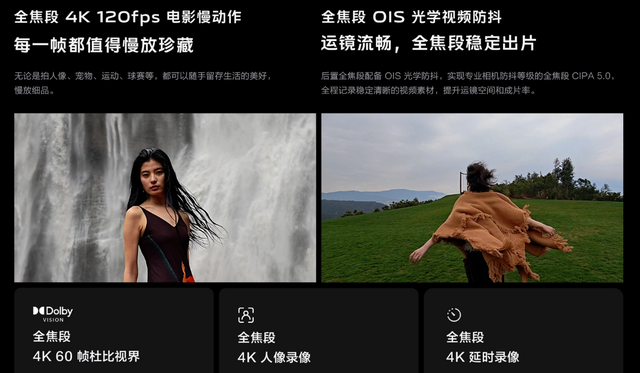
Finally, AI photography and algorithmic restoration have become new battlegrounds. With the development of generative AI, fans increasingly expect real-time post-production with intelligent noise reduction, enabling direct sharing to social media. Represented by Galaxy S24 Ultra, the Galaxy AI algorithm can dynamically enhance the clarity of the stage subject, automatically supplement details lost due to digital zoom at high magnification, and simultaneously suppress highlight overexposure and noise. Even sitting in the back rows of the stands, fans can capture clear close-ups of their idols. Galaxy S25 Ultra further upgrades with the introduction of the 'Audio Eraser' AI function, which intelligently separates vocals from background noise, paired with one-click editing templates, allowing users to quickly generate short videos suitable for social media sharing. It can be foreseen that real-time AI restoration for images and video editing will become a must-compete area for the next generation of concert-specific phones.
This evolution direction of 'shooting farther, steadier, and more worry-free' precisely responds to the most essential user needs in concert scenarios. Concerts have never been just an auditory feast but also a carrier of emotions. When fans raise their phones, they are essentially fulfilling the proof need of 'I was there' and the social need of 'I want to share'. Technology has bridged the gap from the stands to the stage, allowing both inner-field and top-tier ticket holders to equally enjoy the right to capture high-definition live moments. It can be said that the path of mobile camera upgrades ultimately responds to human needs, ensuring that every moving moment is fully recorded.


